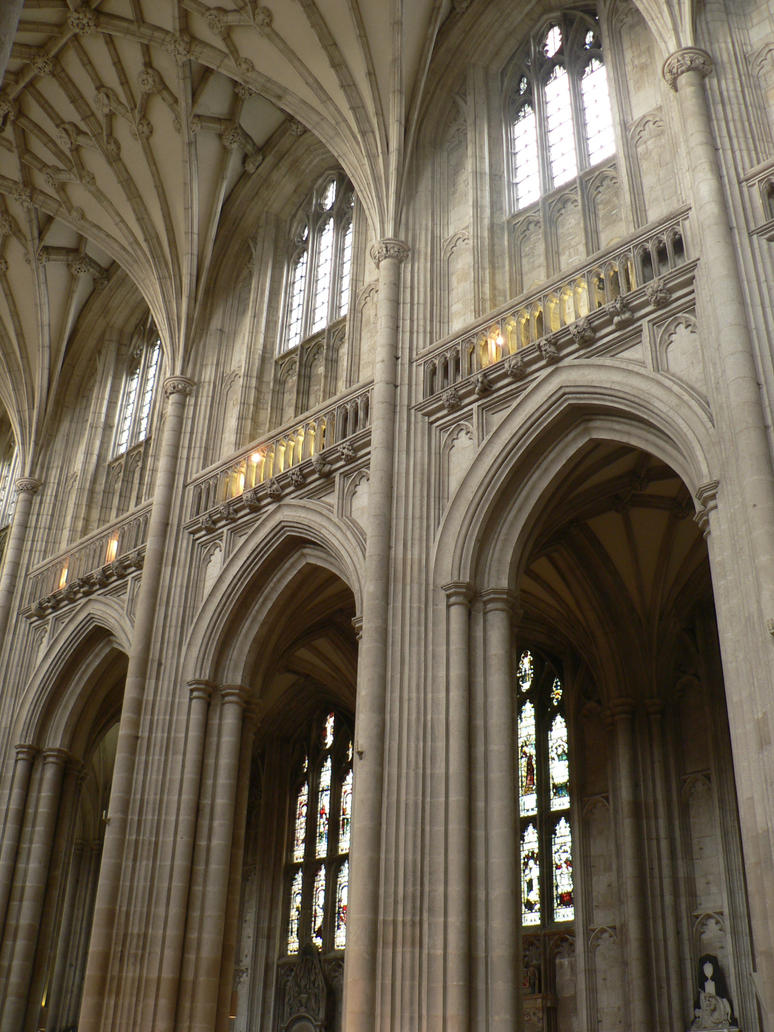sotonDH small grant: Scanning Winchester Cathedral
I recently gained some funding in the form of a small sotonDH student research grant that was used within the data collection of my PhD. The focus of the application was on the use of a terrestrial laser scanner to create an accurate recording of Winchester cathedral and its surrounding buildings. The cathedral was original consecrated in 1093 and since its formation has undergone a number of different changes in terms of size, architecture and use.
The recording of the cathedral provides not only an accurate representation of its current form, from which its past structure can be obtained, but it will also enable a number of different archaeological investigations in the future.
The use of a laser scanner is essential within my PhD on structural analysis within archaeological interpretation and three dimensional modelling as it provides the quickest and easiest method to record the internal and external properties of a building. The data will be tested in a three dimensional environment to investigate the structural properties of the building work.
The work has close ties with Engineering and the software that will be used to process the raw laser scan data is owned by the Geography department (as is the scanner).
Below are a few examples of the Cathedral and the other buildings that I am interested in within the inner close.


